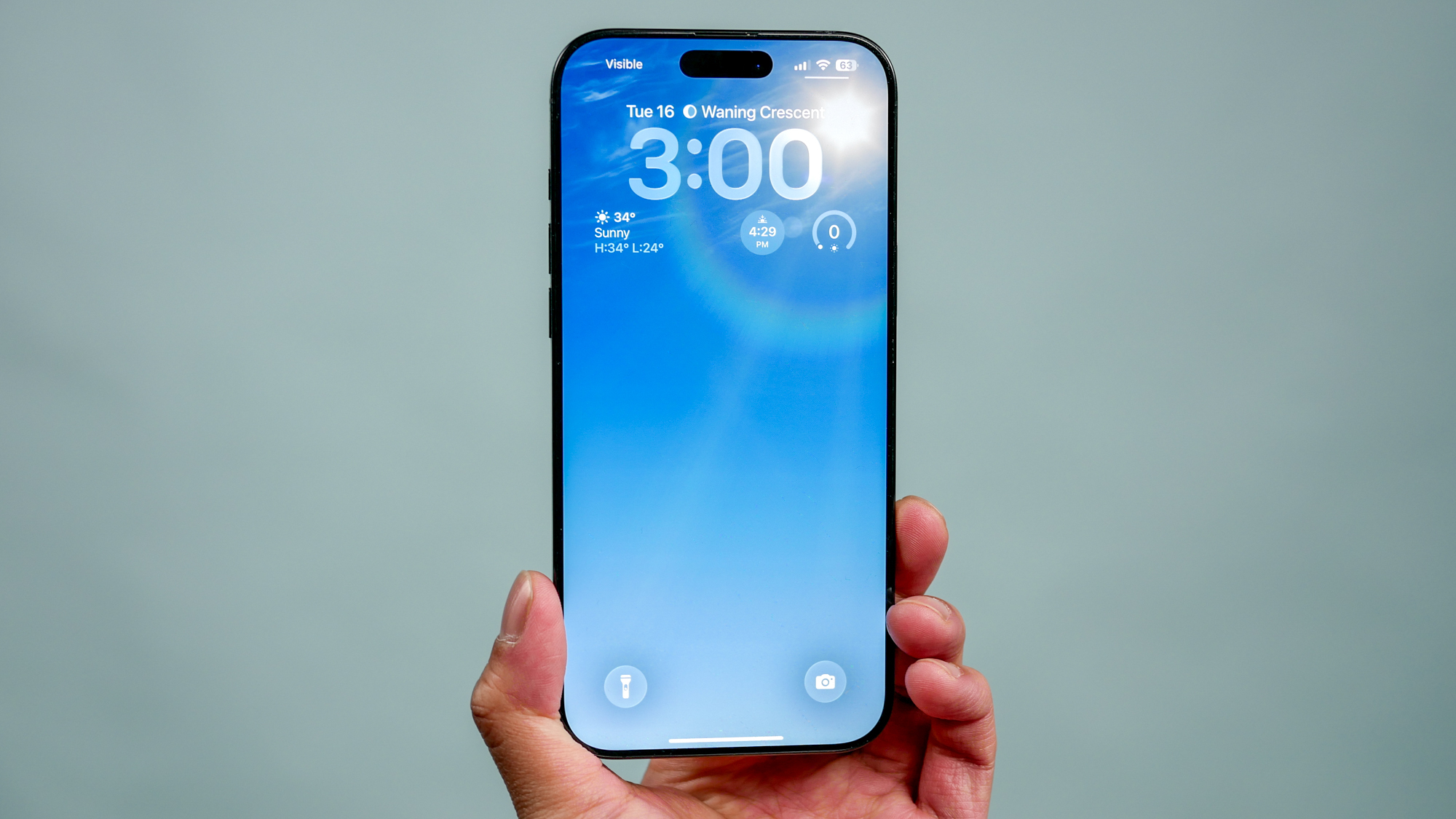Elon Musk says new Tesla self-driving update is ‘superhuman’ — here’s why
Tesla Full Self-Driving beta 'will blow your mind'

Elon Musk has been taking up the upcoming debuts of the Tesla Full Self-Driving beta, claiming that the tech is “superhuman” when it comes to driving on highways and “swiftly getting there for city streets.”
Tesla’s already sport a solid suite of driving aids and driverless features, but cannot be legally used without anyone in the driver's seat. But the FSD Beta V9.0 arguably shows how we’re getting ever closer to fully autonomous cars that will be allowed to legally roam the highways with no one behind the wheel.
- These are the best electric cars available right now
- Here's what we know about the Mercedes EQS 2022
- Plus: Forget Tesla — true performance electric cars are coming
Not shy in coming forward, Musk tweeted: "FSD display V9.0 will show actual probability distribution of objects – true mind’s eye of the neural net. This is so cool!"
In somewhat simplified terms, this means AI tech will basically predict the road ahead and the obstacles that could get in the way of Tesla electric vehicles that are driving autonomously. Essentially, it'll use complex mathematics and computer vision to figure out the probability of objects getting in the way of the car.
FSD display V9.0 will show actual probability distribution of objects – true mind’s eye of the neural net. This is so cool!April 29, 2021
From Musk’s claim, the advanced nature of Full Self-Driving means it can wholly rely on “vision” — what a car’s cameras see — rather than a combination of radar and cameras. It’s a bold statement, as LiDAR tech has been a core component in a lot of self-driving car systems to date.
It also raises the question of what happens when dirt, mud, rain and other muck kicked up from driving covers these cameras; radar would fill the gap here. But if the FSD system doesn’t use radar it could be left blind. Sure, on dry and Sunny roads in California such things might not be an issue, but on the rain-swept shares of Britain, grubby cameras could very much be a problem.
Then again, Musk has said the tech is so advanced that such things might not be a hinderance. It’s also important to note that the FSD isn’t expected to deliver Level 5 autonomy, hereby a car can drive itself completely without driver input. It’s the same deal with the Tesla Autopilot system.
Get instant access to breaking news, the hottest reviews, great deals and helpful tips.
And Musk also tweeted that AI tech isn’t quite there yet for full self-driving systems as roads are designed for humans and their gray matter neural networks, not those of advanced AI systems.
“A major part of real-world AI has to be solved to make unsupervised, generalized full self-driving work, as the entire road system is designed for biological neural nets with optical imagers,” Musk said.
A major part of real-world AI has to be solved to make unsupervised, generalized full self-driving work, as the entire road system is designed for biological neural nets with optical imagersApril 29, 2021
Those optical imagers are our eyes, which explains why Musk and Tesla seem to be concentrating on an autonomous driving system that prioritises vision over radar.
And in Tesla’s Q1 2021 earnings call Musk noted that when a vision-based AI system works, it trounces humans.
“And when your vision works, it works better than the best human because it’s like having eight cameras, it’s like having eyes in the back of your head, besides your head, and has three eyes of different focal distances looking forward,” said Musk.
The Tesla boss did note that it’s a tricky technical problem to solve and that it needs “real-world artificial intelligence,” which translates to us as rigorous testing and advancement of self-driving systems on the road.
One of the main reasons for that is an AI needs to figure out less easy to predict and parse obstacles or road features. For example, this could include a car being carried on a truck or other vehicles with an object dangling off it. The goal will be to have computer vision to look squarely at the road ahead. Apparently, a lot more data is needed, and that’s likely to involve more driverless car tests in real-world situations.
However, continued advancements in tech and the testing of self-driving cars could see Level 5 autonomy start becoming something future EVs and mass produced cars start to come with. There’s the issue of regulation to overcome first, but whatever way you slice it, self-driving cars are coming one way or another.
- More: What we know about the Volkswagen ID.4 2021 so far

Roland Moore-Colyer a Managing Editor at Tom’s Guide with a focus on news, features and opinion articles. He often writes about gaming, phones, laptops and other bits of hardware; he’s also got an interest in cars. When not at his desk Roland can be found wandering around London, often with a look of curiosity on his face.
